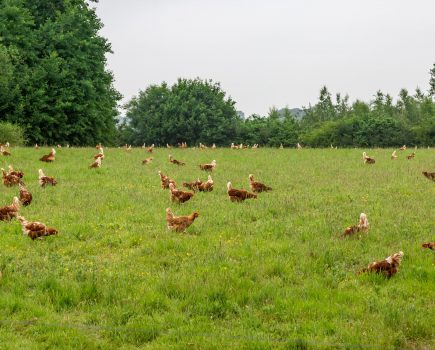We found out how to handle your hens and how to examine them
Q: My hens are a bit flighty. Will handling them calm them down? What is the best way to do this?
Victoria says:
Much depends on the breed. Some are normally docile and don’t mind being handled, but these are generally not the best layers. Good layers which have more active (flighty) breeds in them naturally wish to keep out of the way. They will indeed tame down if handled regularly and this is important as a health check as well since any weight loss or gain cannot be seen but only felt. Handling does need to be done correctly so that they are not scared and sit comfortably in your hand. Begin by lifting one hen gently off her perch with both hands around wings and body, facing you. Do this in the dark or nearly dark so you can see enough to do so; a torch will scare them. Then slide your left hand (if right-handed) under her, palm up, spread your fingers and get her legs securely squeezed between your fingers with the body of the hen being in the palm of your hand and facing you – this avoids poo in your pocket! Do not squeeze the body as this will interrupt her breathing. With your now free right hand, feel her pin bones either side of her vent. This is where the fat is kept, so a good layer will have sharpish pin bones an egg-width apart. Her breast muscle can be assessed by your left palm: give her a condition score (1-5, 1=anorexic, 5=obese, thus 3 is good). When finished, reverse the process and gently place her back on her perch, supporting her until she gets her balance and settles down. Once your hens are familiar with the process, a fishing net is indispensable for catching any type of hen during daylight, then continue with the leg-holding and palm placement; under the tail is a good place to look for parasites, for example.
Image(s) provided by:
Archant







